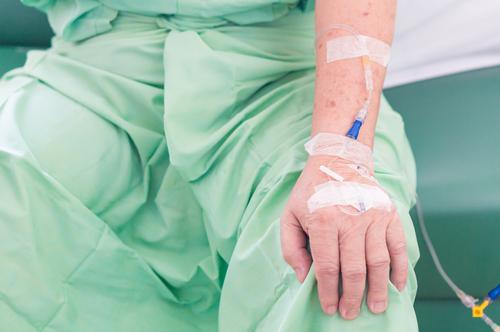
Use of fludarabine cytarabine and granulocyte colony stimulating factor with or without idarubicin (FLAG ± IDA) leads to a 69-percent rate of complete remission in children with relapsed/refractory acute leukaemia, but only 48 percent of patients survive to bone marrow transplantation, a study has shown.
“The regimen was associated with 96-percent toxicity, and only one in four patients was alive at 5 years,” the authors said. “This underscores the need to find more effective lower toxicity salvage regimens.”
Children aged 1–15 years with relapsed/refractory acute leukaemia who received FLAG ± IDA salvage therapy from January 2000 to December 2014 were included in this retrospective study. Those with infant leukaemia, mixed lineage leukaemia, Philadelphia-positive acute leukaemia or secondary leukaemia were excluded.
Of the 50 patients identified, 25 had acute lymphoblastic leukaemia and the other half had acute myeloid leukaemia. Median age at FLAG ± IDA initiation was 7 years. Relapse sites were as follows: bone marrow (n=29), isolated central nervous system (n=11) and combined (n=10).
Sixty-eight percent of children used FLAG ± IDA after first relapse and 32 percent after multiple relapses. Thirty-four (68 percent) patients achieved complete remission. The investigators did not identify any variables predictive of complete remission.
Ninety-six percent of patients had grade ≥3 toxicity, with six deaths. Toxicities included haematologic abnormalities (96 percent), infection (52 percent) and enterocolitis (28 percent).
Nearly half (n=24; 48 percent) of the patients achieved a sustained complete remission and survived to bone marrow transplantation. Overall survival (OS) for 5 years was 23.9±6.9 percent. OS significantly improved for patients achieving second complete remission and those proceeding to bone marrow transplantation following second complete remission (p=0.001).